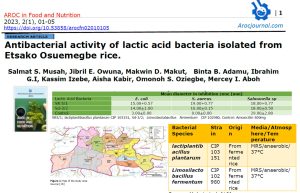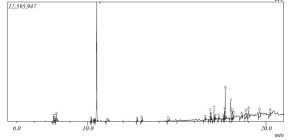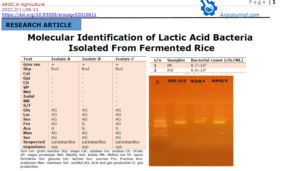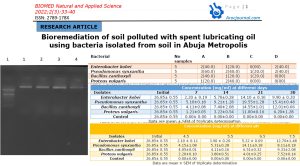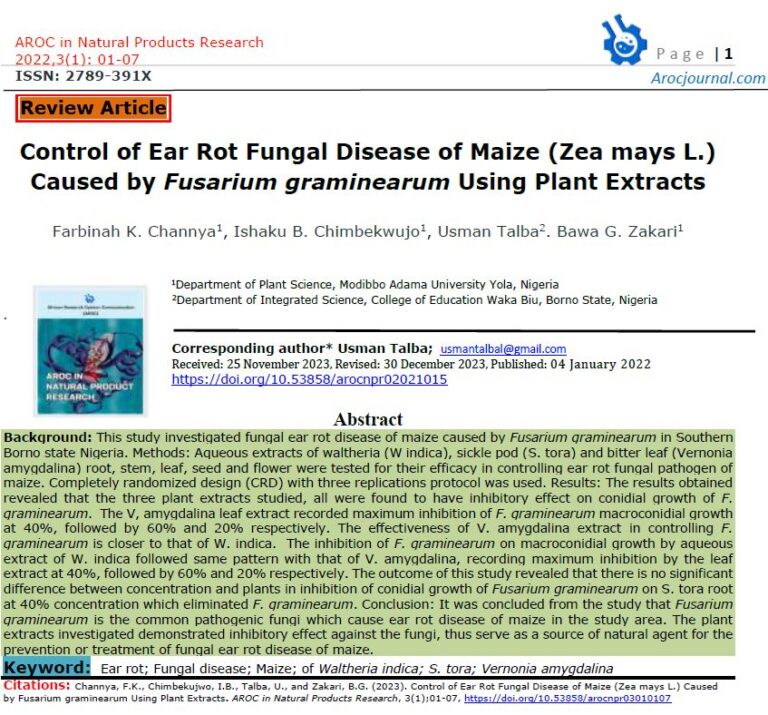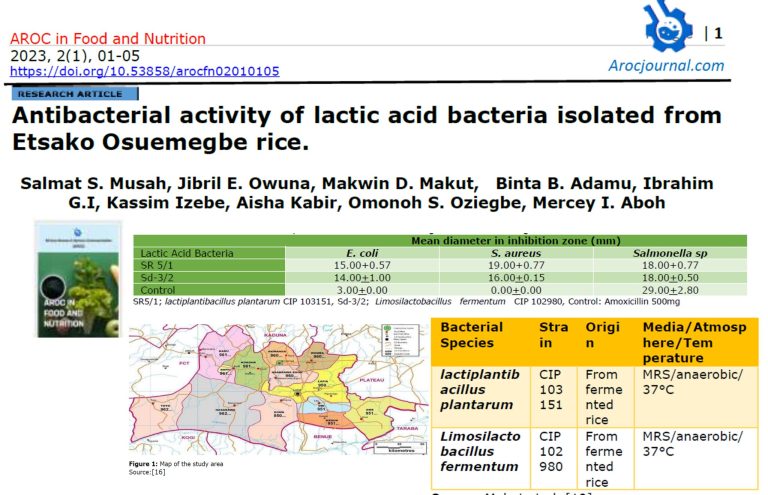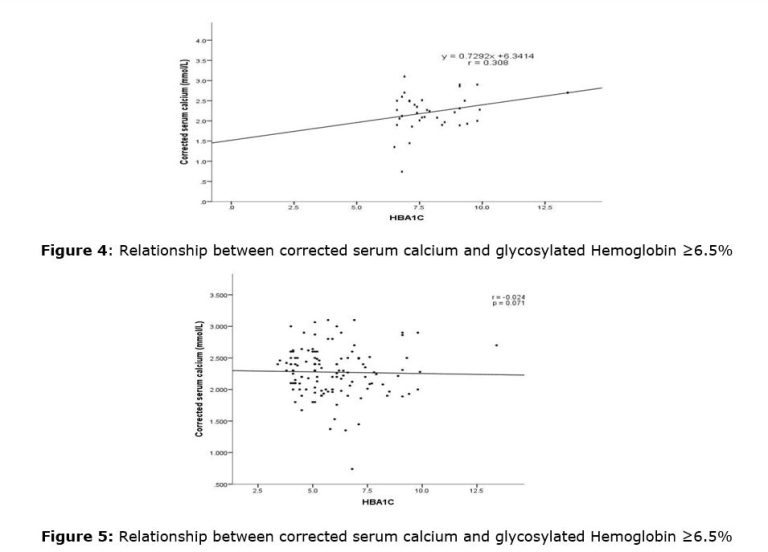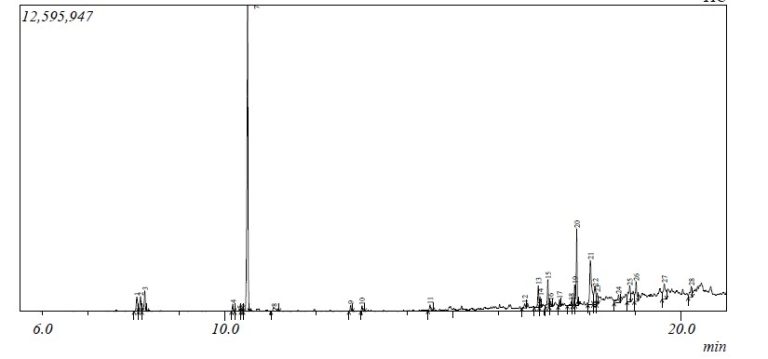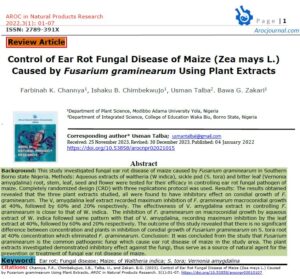
Combretum dolichopentalum extract normalized biochemical and haematological parameters in carbon tetrachloride (CCL4) intoxicated rats
AROC in Natural Products Research, 1(2);17-28
- Author(s): Favour N. Ujowundu, Nathan N. Oparaeche, Chinyere H. Onuoha, Haruna M. Abiola, Chukwudoruo S. Chieme, Cosmas O. Ujowundu
- September 9, 2021
- 12 pages
- eISSN - 2789-391X
- Keywords - C. dolichopentalum; Biochemical; Haematological; Carbon tetrachloride, Antioxidant
Abstract
Background: The ethanol extract of Combretum dolichopentalum (EECD) is employed in Nigeria to stabilize the uterus after parturition. The ability of EECD to confer protection on rats destabilized by moderate concentrations of carbon tetrachloride (CCl4) was evaluated. Methods: Fifty rats were assigned to 5 groups of 10 rats each. The experimental animals after acclimatization were handled accordingly: Groups 1 and 2 respectively were maintained on food and water only throughout the study. Group 3, 4, and group 5 were pre-treated with 250 mg/kg and 500 mg/kg body weight of EECD and 50 mg/kg of silymarin for 28 respectively. All groups except group 1 were intoxicated to 0.2 ml/kg body weight of CCl4, administered via an intraperitoneal route on day 29. Serum pipetted from the blood of the rats after cardiac puncture was assayed for antioxidant enzymes, lipid peroxidation product and serum iron, zinc and biocarbonate. Haematological analysis was also conducted. Results: Administration of CCl4 at 0.2 ml/kg b.w slightly increased the oxidizing species as indicated in the concentration of malondialdehyde in the rats while reducing the antioxidant enzymes; it increased the Iron and zinc concentrations and also the haematological parameters except for the white blood cells. However, this was corrected by pre-treatment with the EECD dose-dependently. Conclusion: These characteristics portends that the crude ethanol extract of C. dolichopentalum could be employed to correct minor oxidative perturbation induced by CCl4 intoxication
Corresponding Author(s)
Favour Ntite Ujowundu; fnujowundu@yahoo.com
Citations
Ujowundu, F.N., Oparaeche, N.N., Onuoha, C.H., Haruna M.A., Chieme, C.S., Ujowundu, C.O. (2021). Combretum dolichopentalum extract normalized biochemical and haematological parameters in carbon tetrachloride (CCL4) intoxicated rats. AROC in Natural Products Research, 1(2);17-28, https://doi.org/10.53858/arocnpr01021728


